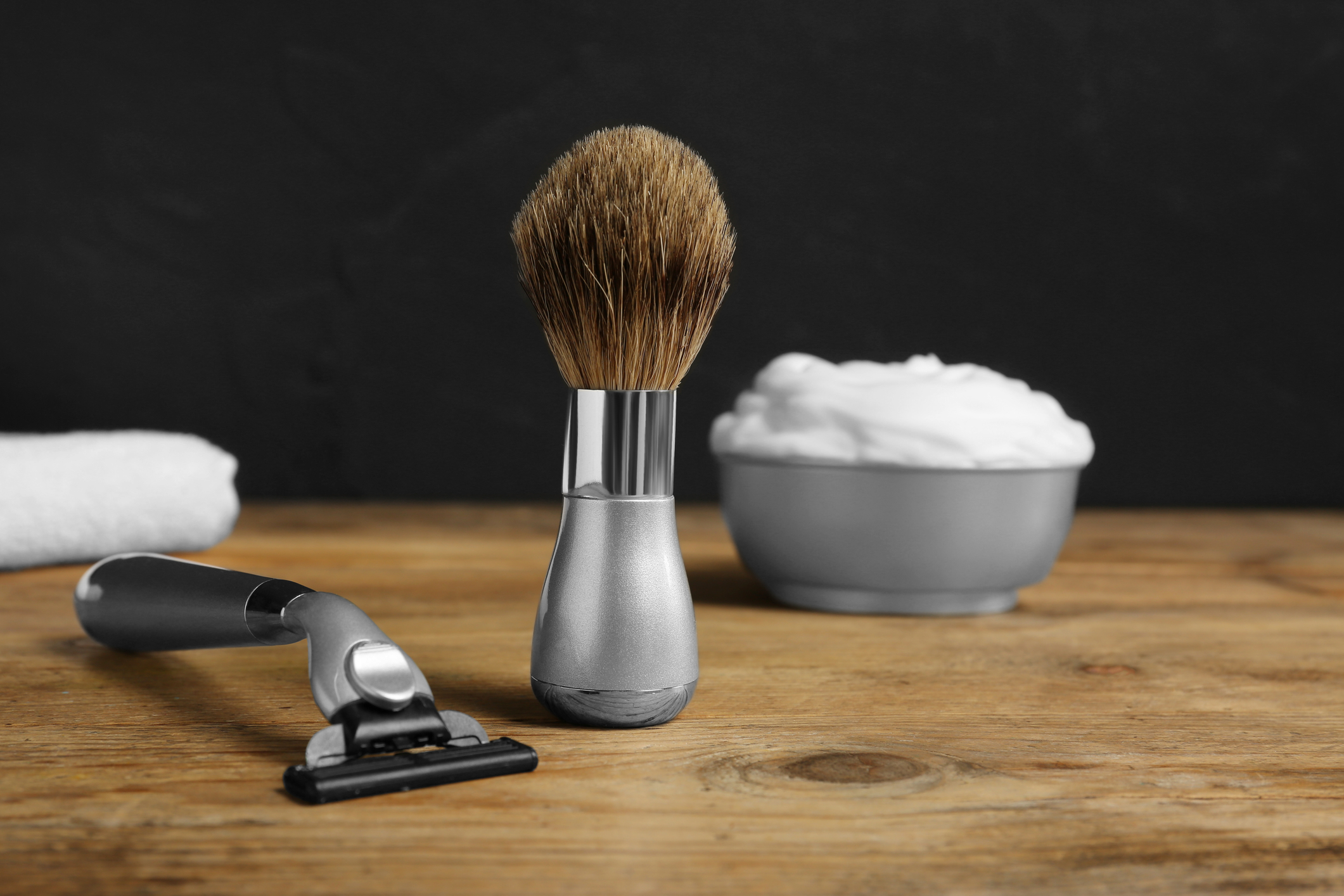Diving into the Face-off: Electric Shavers Versus Razors – A Comprehensive Top 5 Guide
Understanding the intricacies of hair removal methods is the first step towards achieving the optimum shaving experience. Electric shaver, a device with moving or rotating blades behind a metal guard, gives quick and easy shave, compatible with busy lifestyles. On the other hand, razors provide a classic shaving experience, using a single blade on the skin surface, either manually or with disposable cartridge razors. Both have their perks and drawbacks and are designed to meet specific needs.
Electric shavers win the battle of convenience, being cordless, rechargeable and perfect for travel. They are ideal for those who value time over ultra-smooth results. Razors, manual or disposable, give a closer and cleaner shave compared to electric shavers, but demand more time and skill to avoid cuts. They have the favor of those who view shaving as a relaxing ritual more than a chore.
Delving into the Nitty-Gritty – Tech Involved

Next, let's dive into the technology that makes these tools work. In electric shavers, you'll commonly find two types: foil and rotary. Foil shavers use oscillating blades beneath perforated foil, while rotary shavers use circular blades in a tri-head design. These designs offer a spectrum of performances with rotary being better for long, thick hair and foil for everyday use on lighter growth.
Razors, on the other hand, rely on the simplicity of their design. The classic safety razor is a single-blade tool needing fine control by the user, offering an incredibly close shave. Disposable razors feature multi-blade cartridges, with each blade passing over the skin to cut the protruding hair, often leaving a very smooth surface behind.
Investigate the Terrain – Skin Sensitivity

An important consideration in the electric shavers versus razors debate is skin sensitivity. Folks with sensitive skin might notice redness, irritation, allergic reactions, or even ingrown hairs after using a certain shaving method. Electric shavers are generally less aggressive on the skin than razors and thus may cause less irritation.
However, since razors offer a closer shave, they can result in smoother skin, if used correctly. Shaving creams, gels, or oils that come into play with razors usually help decrease friction and reduce chances of skin irritation, offering a protective curtain between the blade and the skin.
Cost Evaluation – Which Pinches the Pocket Less

On face value, razors appear more pocket-friendly. Nonetheless, over time, with the necessity to replace blades or disposable units, costs can add up. Higher-end razors also come with a costlier price tag.
Electric shavers, meanwhile, demand a higher initial investment. However, with proper maintenance, a quality electric shaver can last years, making it a one-time purchase for long-term use. Replacement parts usually come into play after a year or two, adding minimal cost in the long run.
Environmental Concern – Which is Greener

Finally, taking an environmental perspective into this face-off, electric shavers generally can be seen as the greener option. Since they are durable and do not require frequent replacement parts, they create less landfill waste, unlike disposable razors.
Used razors and blades often end up in landfills and contribute to plastic pollution. Even though some razor companies have started recycling programs, these efforts don't completely negate the overwhelming environmental impact of disposable razors, especially when not disposed of correctly. Weighing in on both ends, each has benefits and limitations. Your personal preference, lifestyle, and budget will likely determine which one will win your heart.